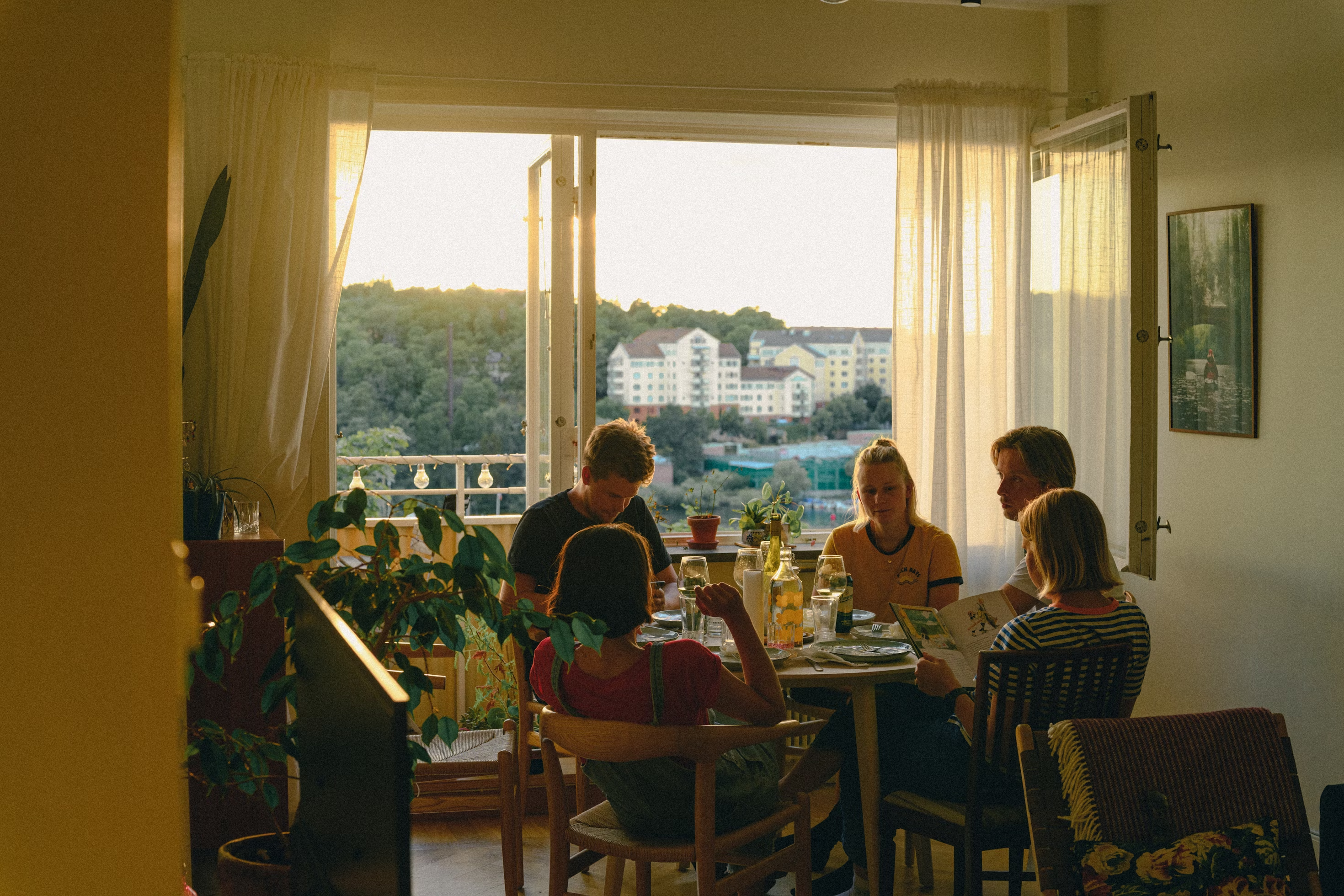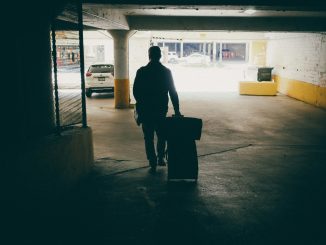
When Independence Meets Inflation
When 24-year-old university graduate Mia Cheng packed up her small downtown Sydney apartment and moved back into her childhood bedroom in Parramatta, it wasn’t nostalgia that drove her, but existential pressure.
“I was paying A$600 a week in rent,” she says,” and even with a full-time job, I felt like I was just working to stay alive.”
Mia is not alone. Across Australia, more and more Generation Z (born 1997-2012) are giving up independent living and moving back in with their parents. They are part of the “Boomerang Generation”, a generation being pushed back by rising rents, stagnant wages and soaring living costs.
According to Roy Morgan (2025), the cost of living has become a top concern for Australians, at 50% in mid-2022, rising to 57% by the end of 2024. Against the backdrop of a tightening economy, “home” is not only an emotional harbour for many people, but also a financial haven.
Australia’s Housing Pressure Cooker

At the heart of this generation’s “back-to-home” problem is a dramatic deterioration in housing affordability. According to the PropTrack 2024 Rental Affordability Report, rental affordability in Australia has fallen to its lowest level in 17 years. From 2020 onwards, rents have already been increasing at more than twice the rate of wage growth.
In major cities such as Sydney and Melbourne, the average weekly rent for a one-bedroom apartment is over AUD$600. Even sharing a room in the outer suburbs is no longer an affordable option.
“I tried moving farther away to Campbelltown,” says Jordan Singh, a 26-year-old digital marketer for advertising,” but the monthly commuting costs, gasoline, and the three-hour daily commute exhausted me.”
Beyond Rent: The Compounding Crisis
In addition to rent, this generation faces a variety of cost-of-living squeezes:
* Food prices: ACCC data shows that grocery prices in Australia have risen by 24% in the last five years.
* Energy costs: Rising by as much as 20% in some states.
* Wage levels: increases have lagged well behind inflation.
Kevin, a recent graduate in 2024, was forced to return home after six months of moving out on his own, saying that living independently had become an “unattainable luxury”.
“I would have wanted a space of my own to slowly build a life,” he says, ‘but in the middle of the month I have to choose between ’eating meat‘or ’eating vegetables ‘. Eventually, I had to ask for help.”
Stories Behind the Situation
🎤 Mia, 24, Content Coordinator
“At first, I felt humiliated, as if I had failed. But now, it’s more like I’m ‘pausing’ than ‘stepping back’.”
Mia says that moving back home was a major challenge for her emotionally and psychologically, giving up city life, her social circle, and the freedom to be alone.
“I have to fit in a videoconference with my dad’s gardening schedule, and dinner has to be at six on the dot.”
But she has saved over $10,000 in the six months since she returned home, which she plans to use as a down payment on a future home purchase.
🎤 Kevin, 26, Advertising Digital Marketer
“Everyone says you shouldn’t go home as an adult, but no one teaches us what we should do if the world makes independent living unaffordable.”
For Kevin, the shame of “moving home” is slowly disappearing.
“My friends have gone home too. We joke about it now – like we’re kids again, but this time with debt.”
The Mental Load: More Than Financial

Moving home isn’t just a financial choice, it has psychological implications as well. Research from Sweden has previously found that nesting behavior is often associated with economic vulnerability (e.g., unemployment, disruption of education), which may lead to a regression in life trajectory, which in turn affects mental health and self-identity.
A study by the Institute for Social and Economic Research (ISER) at the University of Essex in the UK also found that young people between the ages of 21 and 35 experienced a decrease in depressive symptoms after moving back in with their parents.
What comes next?
The issue of housing affordability has gradually become a key issue in the federal election. The major political parties have proposed measures such as lowering rents, tax breaks and subsidies for first-time buyers.
But many Gen Z young people think these policies “come too late and don’t go far enough.”
“They talk about ‘affordable housing’ every day, but they don’t even have to choose between ‘paying rent or eating’.” Mia said.
Experts say that without major structural reforms – such as strengthening tenant protections, implementing inflation-linked wage policies, and investing in the public housing system – the “move home” trend may not be reversed. The trend may not be reversed.
A Generation Rewriting Adulthood
It’s not just an economic issue we’re facing, it’s a cultural shift, and Generation Z is redefining what it means to be independent, resilient and grow up.
As Mia said:
“I’m actually more mature. Not because I moved out, but because I know when to ask for help.”
With Australia during a cost-of-living crisis, one thing is clear: for many young people, “going home” is no longer a way out; it’s the only way in.
But behind this “regressive growth”, they are also building a new self-narrative: learning to exercise moderation, re-planning their life goals, and pursuing quality of life more pragmatically. They are not running away from the future but building up their strength to face the uncertain world of their generation with a more flexible and realistic posture.
At the same time, family relationships have been redefined. The traditional division of labor between generations is gradually blurring, and the roles of parents and children are shifting to a mutually supportive “co-rental relationship”. In the space they share, they try to establish new ways of understanding and rediscover emotional connections that were once neglected.
Reference
Australian Competition and Consumer Commission. (2025, February). Supermarkets inquiry February 2025: Final report. https://www.accc.gov.au/about-us/publications/serial-publications/supermarkets-inquiry-2024-25-reports/supermarkets-inquiry-february-2025-final-report
Moore.A.(2024,March,9).PropTrack Rental Affordability Report – 2024.Relestate. https://www.realestate.com.au/insights/proptrack-rental-affordability-report-2024/
Olofsson, J., Sandow, E., Findlay, A., & Malmberg, G. (2020). Boomerang Behaviour and Emerging Adulthood: Moving Back to the Parental Home and the Parental Neighbourhood in Sweden. European Journal of Population, 36(5), 919–945. https://doi.org/10.1007/s10680-020-09557-x
Pew Research Centre. (2012). A majority of U.S. Who are the Boomerang Kids? . Pew Research Center. http://pewrsr.ch/1qIAxWc
Roy Morgan.(2025, January,23). Top 10 Issues Shaping the 2025 Federal Election: Cost of Living and Crime on the Rise, Climate Change Fades. https://www.roymorgan.com/findings/9797-most-important-issues-facing-australia-january-2025
Williams, R. A., & University of Melbourne. Department of Economics. (1984). Housing policy in Australia. University of Melbourne, Dept. of Economics.
Wu, J., & Grundy, E. (2023). ‘Boomerang’ moves and young adults’ mental well-being in the United Kingdom. Advances in Life Course Research, 56, 100531–100531. https://doi.org/10.1016/j.alcr.2023.100531


Be the first to comment